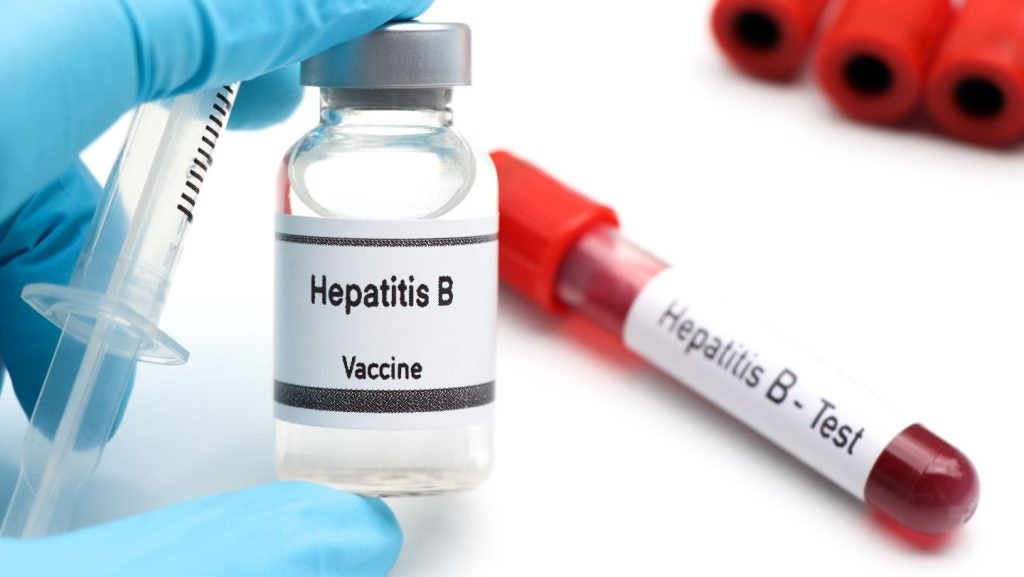Clinical Trials Arena: What are the key operational differences between pediatric and adult clinical trials?
Industry Expert: For me, there are two key differences: in pediatric clinical trials you are dealing with a much scarcer population, compared to adults, but that’s obvious. The other is the multitude of documents you have to generate just to cover all age ranges, but also to continuously align with the US and European authorities.
CTA: When you're dealing with such a scarce population, how do you recruit patients?
IE: Well there's no perfect formula; we learnt along the way. We did a global feasibility study looking at all regions in the world before selecting the countries where the prevalence of patients was the highest. We had a global spread with sites in both Western and Eastern Europe, the US and Canada, South Africa, South America, and south east Asia.
CTA: And to that end, how tough is it to retain patients?
See Also:
IE: We had to work hard to retain patients – it wasn’t a case of having patients who were not willing to continue on in a study (we did have a few who stopped after a certain period of time). In those instances, the patient may have been suffering from other diseases.
How well do you really know your competitors?
Access the most comprehensive Company Profiles on the market, powered by GlobalData. Save hours of research. Gain competitive edge.

Thank you!
Your download email will arrive shortly
Not ready to buy yet? Download a free sample
We are confident about the unique quality of our Company Profiles. However, we want you to make the most beneficial decision for your business, so we offer a free sample that you can download by submitting the below form
By GlobalDataCTA: What have you found to be some of the best practices in terms of recruiting patients?
IE: Initially, we started very broad, opening up sites far and wide. When sites were not meeting their targets, we learned it was hardly possible to find patients who were willing to participate. While the sites had identified their target population, it was difficult to actually recruit willing participants. In Western Europe it was difficult, in the US there were pockets where it was possible, which helped.
The best help you can get is from motivated investigators because they have direct contact with the patients. We tend to engage directly with the investigators ourselves so they can discuss points of interest or raise issues directly with us, as opposed to a CRO. Additionally, as the trials were ongoing, we payed them several visits to give them the opportunity to discuss their research activities.
CTA: What are the regulatory barriers you face within this therapeutic area?
IE: From a disease perspective, sometimes it's not relevant to make these categorizations because a disease will more often than not manifest itself the same way in an 18 year old as it would in a 10 year old. I would not say that in every case, but at least in our indications that was the case. It may vary in younger patients who show different disease patterns, but I think that's a relevant way to separate what is the cause of the disease – is it similar to what we know in adults, or in younger and older children? From a safety perspective, it's still wise to span the entire age range, but not being so strict on the staggered approach from old age downward to the younger ones.
CTA: What are some of the key considerations sponsors should bear in mind when starting a pediatric clinical trial?
IE: Ensure that you’re programs are aligned with EMA and FDA regulations. If you cannot agree to 100 percent alignment then you should make sure they can be contained in one protocol or one document.
CTA: Lastly, where do you see the pediatric clinical trial space going moving forward?
IE: The reason authorities start working on pediatric drug development is because companies are not taking it seriously by themselves. Nevertheless, for responsible drug companies it's essential they start thinking about incorporating pediatric development into their R&D and not as an afterthought. It would be better for the patient as well as the pharma companies.
There needs to be a change in mind set when pushing for new drugs, thinking not only about adults and the elderly, but what impact it could have on the entire patient population, children included.






